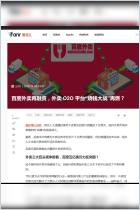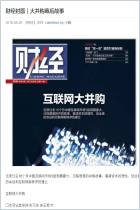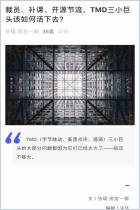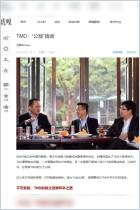
The Bubble Has Burst for the Online-to-Offline Industry in China
Baidu, Alibaba, and Tencent Are Picking Up The Broken Pieces
Read or listen offline
Amazon KindleRecommendation
Online-to-offline (O2O) describes businesses that use online platforms to enhance the experience of offline services. O2O is a generic term with wide application, but in China it usually refers to at-home services that you order online. Cosmeticians, chefs, pet groomers and even teachers will show up on demand at your doorstep. Senior editor Li Shuaifei of the tech media site Ifanr reviews the developmental arc of O2O services, from being the latest craze among investors to the hot potato no one wants to touch today. getAbstract recommends this article to venture capitalists, entrepreneurs and economists.
Summary
About the Author
Li Shuaifei is a senior editor for Ifanr, a media website that provides news and analysis of technological innovations, services and trends.

























Comment on this summary or Iniciar a Discussão